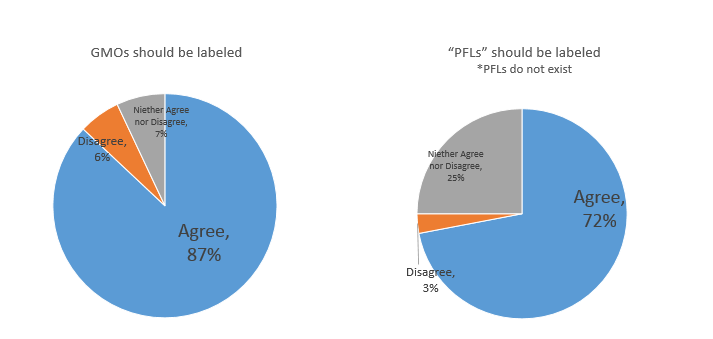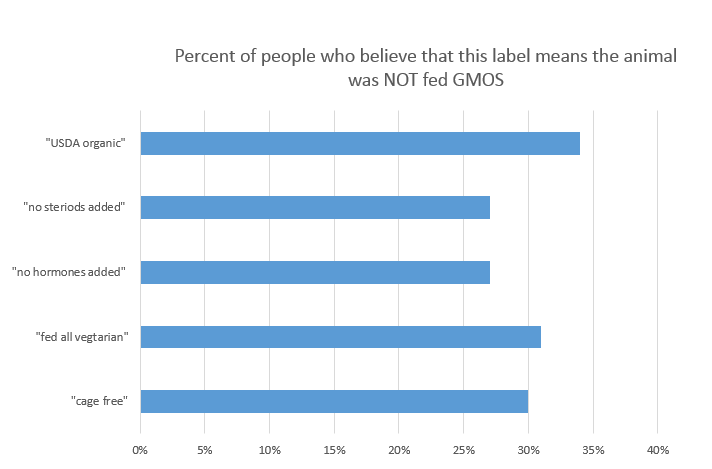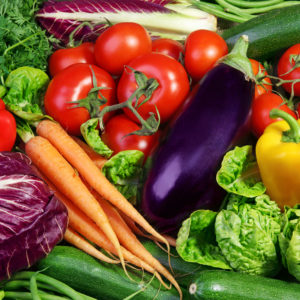It’s no surprise that consumers’ relationship with food is changing. According to a new study released by maslansky + partners, 78% of Americans have decided not to purchase a food or drink because they were concerned about an ingredient.
As preferences change and consumers become more aware of what they eat, they are also becoming more confused about the language and regulation of food labels – particularly when it comes to GMOs.
The survey confirmed that a large percentage of Americans support labeling GMOs (87%). However 72% also support labeling PFLs, which do not exist. The fact that consumers support labeling something they’ve never heard of demonstrates the challenge facing many food and agriculture businesses today. They’re tasked with understanding how to best respond to consumer concern that’s rooted in emotional fear about anything that sounds unnatural, rather than fact.

Additionally, many of the same Americans who support GMO labeling don’t understand what GMOs actually are. This knowledge gap is particularly pronounced in animal agriculture. Around one-third of Americans wrongly believe that the following labels also mean that no GMOs were fed to the animals:

Only about 34% of people correctly understand that “USDA organic” means no GMOs were fed to the animals.
Despite the confusion, there is a bit of promising news about GMOs for some food makers and manufacturers, who have increased efforts to communicate with consumers about what they are and how they’re used. According to the study, younger Americans are becoming slightly less concerned with GMOs. Only 20% report consciously avoiding them at least once in the last 3 months as compared to 24% of the 35+ population. Interestingly, concern over GMOs is also inversely related to education. 24% of those with a high school degree report avoiding GMOs at least once in the last 3 months, as compared to 21% of those with a bachelor’s degree, and 19% with a graduate degree.
This data is a portion of a larger survey conducted by maslansky + partners with 2,000 consumers (MOE +/- 2.19%). To see more data containing the latest consumer insights on food issues, including other specific ingredient and production practices, visit the Ingredient Insecurity homepage .

